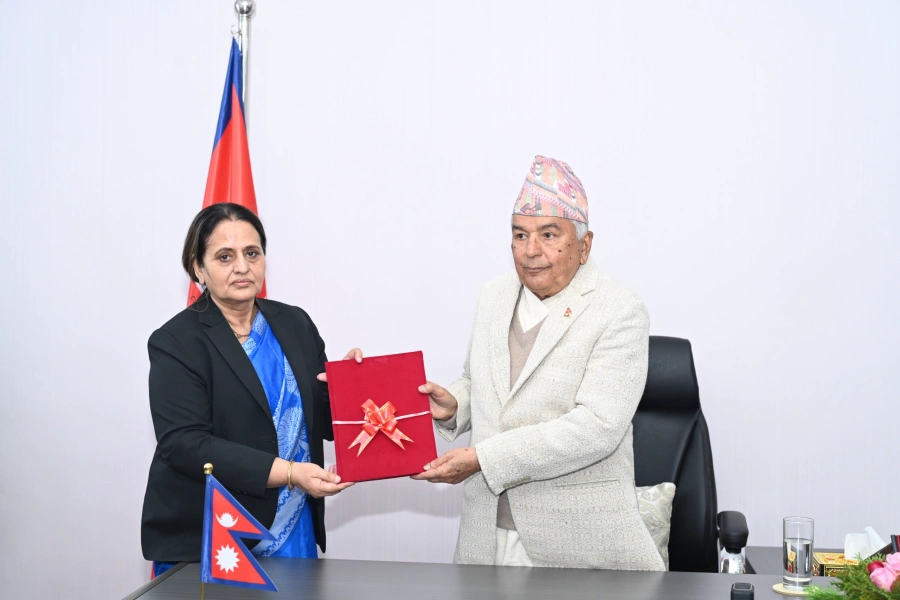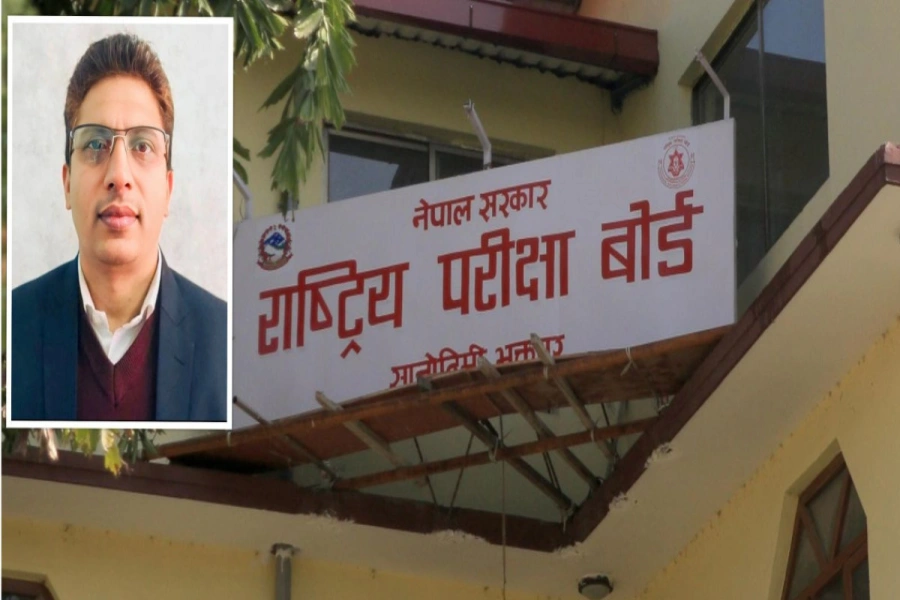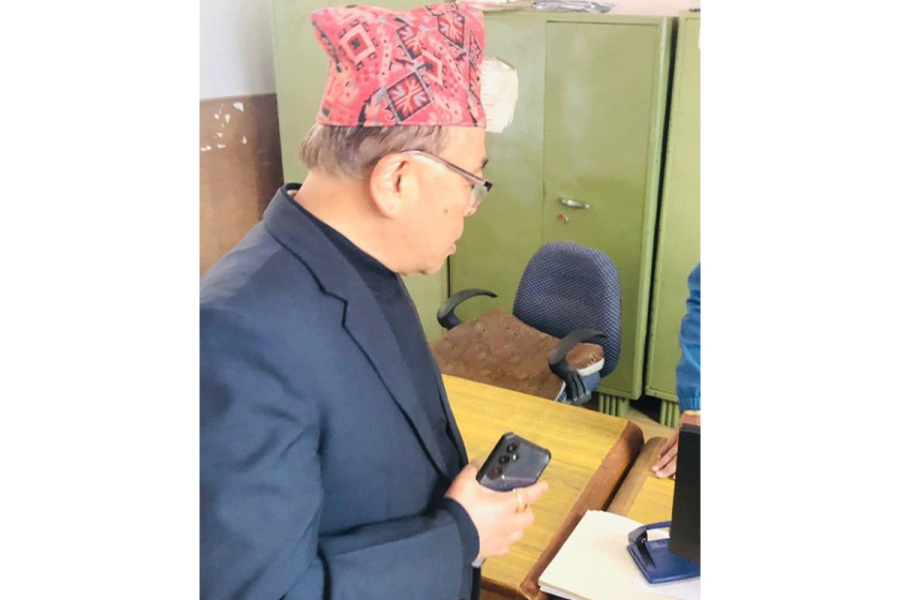KATHMANDU, March 18: The project cost of the much-awaited Upper Tamakoshi Hydropower project is estimated to reach close to Rs 50 billion. This will mean a cost increased of Rs 14 billion.
Upper Tamakoshi Hydropower Limited, a subsidiary of Nepal Electricity Authority, started work on the 456 MW power plant with a cost estimate of Rs 35.29 billion in 2011. The aim was to complete the project by the end of 2015.
Depreciation of the Nepali rupee against the US dollar by up to Rs 30 per dollar, cost variations due the alignment readjustment of tunnels, additional costs for consultants incurred through delay in project completion, and also additional costs for building a tunnel for the access road after failing to rehabilitate a damaged access road are among the factors for increased cost estimate, according to company executives.
The project, which was already behind schedule, saw further delays due to the earthquake of 2015 and the Indian blockade the same year, and it is now to see completion only by June 2019.
Karnali Chisapani hydropower project estimated to cost around R...

A study committee set up by the company recently estimated the cost to reach about Rs 49.29 billion by the time of completion. This estimate has been tabled at the company's board but it is yet to be approved. The cost calculation does not include interest on loans during the construction period. The calculation is for the end of 2017.
"The project cost was initially calculated against a dollar exchange rate of Rs 80 maximum, and the appreciation of the dollar has added about Rs 7 billion to the cost," said Ram Sundar Shrestha, secretary of the company. At the signing of the financial closure, the exchange rate for the dollar was Rs 73.
The tunnel work was redesigned for a straight line alignment from the gradual slope and this required additional steel penstock pipes in the vertical tunnel at the end of the straight line. The realignment was approved during the tunnel work to prevent hydraulic fracturing and uncontrollable loss of water.
Likewise, the cost of consultants has increased by 65 percent. The additional work of digging a 360-meter tunnel to the site after failing to rehabilitate the access road likewise upped the cost, according to Shrestha.
Though this national pride project has seen years of delay its progress is said to be not as bad as several other development projects in the country.
The plant is expected to completely end the power cuts for at least a few months during the wet season. Shrestha said that the very difficult task of fitting steel penstock pipes in the vertical shafts is underway. "We hope to generate the first unit of 76 MW at the end of January."
The majority stakeholders in the project are government agencies-- NEA (41 percent), NTC (6 percent), Citizen Investment Trust (2 percent) and Rastriya Beema Samsthan (2 percent)-- while the general public and residents of Dolakha District will have stakes of 15 and 10 percent stakes respectively.
The remaining 24 percent is owned by employees and contributors in the Employees Provident Fund (EPF), NEA & Company staff and staff of financial institutions providing loans. Citizens Investment Trust, EPF, CIT and RBS are the lending institutions.






































